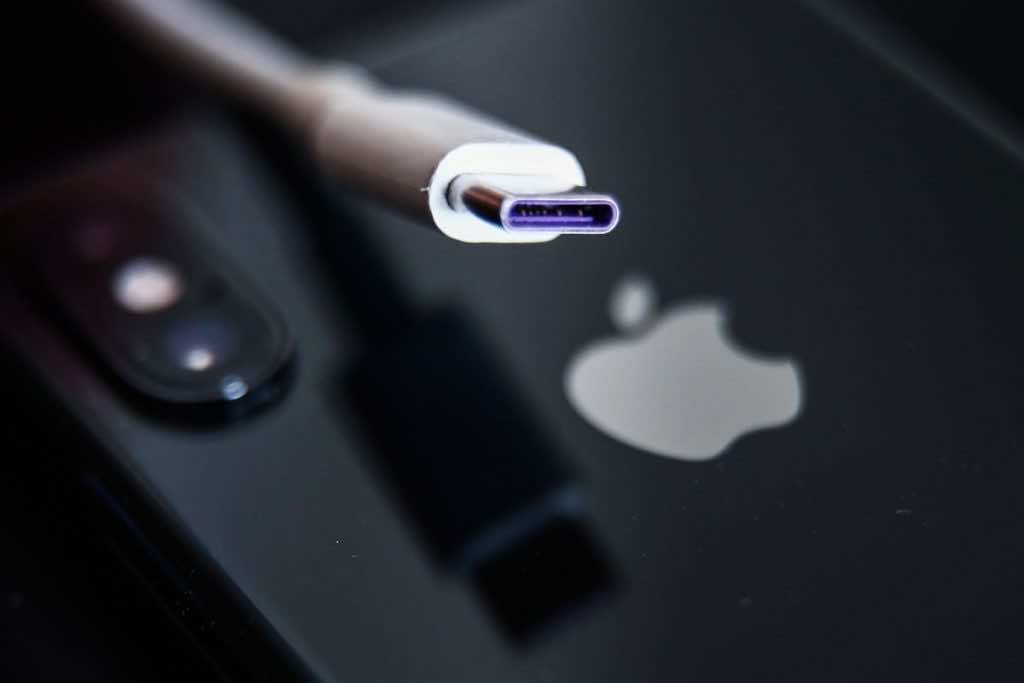To comply with new standards requiring a single charging port for most electronic gadgets, Apple will have to update the charger for its iPhones in the European Union.
The change, voted by an overwhelming majority in the European Parliament on Tuesday, would pave the way for the law to take effect by the end of 2024.
MEPs have been campaigning for the e-waste legislation for over a decade, so today’s enormously positive plenary vote — 602 in favor of the directive and only 13 opposed- is no surprise.
Previously, legislators tried to broaden the standard charger rules to encompass more types of portable consumer electronic devices. However, the directive is not yet legislation. It still needs final Council approval, although that is considered a formality gave the interim political agreement achieved by the co-legislators last summer.
The directive will become applicable 20 days after it is issued in the EU Official Journal following Council approval. After that, Member States will have 12 months to transpose the regulations before another 12 months of application time begins. The requirement that all mobile phones, tablets, and cameras sold in the EU feature a USB Type-C charging connector so seems to start to bite toward the end of 2024.
After then, there will be a second deadline in spring 2026; laptops will also be subject to the requirement.
We don’t know whether manufacturers will rush to clear non-USB-C regional stocks by dumping them on the market before the 2024 deadline. The regulation will not cover products released into the EU market before the directive’s implementation date.
Given how adamant Apple has been about keeping its exclusive smartphone charging standard, there will be a lot of focus on what Apple does and how quickly it adopts USB-C throughout its entire array of mobile devices.
“Regardless of their manufacturer, all new mobile phones, tablets, digital cameras, headphones and headsets, handheld videogame consoles and portable speakers, e-readers, keyboards, mice, portable navigation systems, earbuds, and laptops that are rechargeable via a wired cable, operating with a power delivery of up to 100 Watts, will have to be equipped with a USB Type-C port,” the parliament writes in a press release.
“All devices that support fast charging will now have the same charging speed, allowing users to charge their devices at the same speed with any compatible charger.”
The EU anticipates that the uniform charger obligations will encourage greater charger reuse, decreasing the environmental effect of consumer electronics purchases while saving users up to €250 million per year on unnecessary charger purchases.
Another requirement of the regulation is that device manufacturers use specialized labels to tell users about the charging characteristics of new devices, making it easier for them to determine whether their existing chargers are compatible.
The label requirement is intended to allow consumers to make an informed decision about whether or not to purchase a new charger with a new product. However, there is a chance that hesitant consumers will buy a new charger, generating additional unneeded charger e-waste, and will be urged to buy another charger by exploitative retailers sensing an opportunity to create extra cash.

